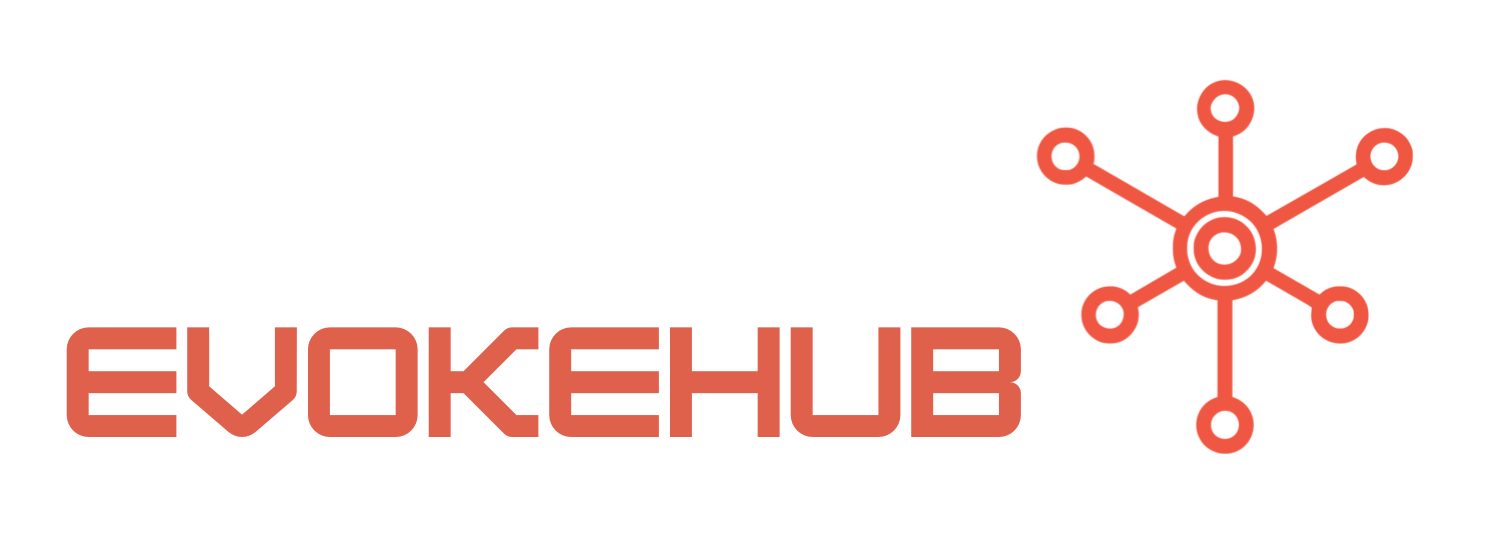Benefits of Centralized Threat Monitoring in Azure Sentinel
Centralized threat monitoring enables organizations to gain a holistic view of their security posture. Azure Sentinel aggregates data from various sources, including on-premises and cloud environments, providing a unified dashboard that simplifies threat visibility. This consolidated approach ensures that security teams can monitor events across multiple platforms, making it easier to identify unusual patterns or anomalies that may indicate a security breach. By leveraging this centralized infrastructure, organizations can improve their overall situational awareness and quickly respond to potential threats.
Another significant benefit is the integration of artificial intelligence (AI) and machine learning (ML) capabilities within Azure Sentinel. These advanced technologies help automate threat detection processes, reducing the time it takes to identify and respond to potential threats. With Azure Sentinel’s built-in analytics, organizations can sift through vast amounts of security data to pinpoint suspicious activities more efficiently. This AI-driven approach not only enhances threat detection capabilities but also reduces the workload on security teams, allowing them to focus on more strategic initiatives.
Lastly, Azure Sentinel supports a proactive security posture through continuous monitoring and automated incident response. By centralizing threat monitoring, organizations can configure alerts and automated workflows that trigger specific actions based on predefined criteria. This capability enables teams to swiftly react to security incidents and minimize damage, ultimately bolstering their resilience against cyber-attacks. The real-time monitoring and rapid response capabilities offered by Azure Sentinel are crucial in today’s fast-paced digital environment, where every second counts in thwarting potential security breaches.
Implementing Effective Security Strategies with Azure Sentinel
To implement effective security strategies using Azure Sentinel, organizations should begin by defining clear objectives and understanding their unique threat landscape. Identifying critical assets and potential vulnerabilities is essential to tailor the monitoring framework according to specific needs. By mapping out these priorities, organizations can configure Azure Sentinel to focus on the most relevant datasets, ensuring that the centralized dashboard reflects the security posture accurately. This strategic alignment lays the foundation for a more effective threat detection and response framework.
Next, organizations should leverage the extensive marketplace of Azure Sentinel integrations to enrich their threat monitoring capabilities. Azure Sentinel can connect with various Microsoft products and third-party solutions, allowing organizations to gather data from multiple sources, such as firewalls, endpoint protection platforms, and identity management systems. Integrating these tools provides a more comprehensive view of the security landscape, enhancing the overall intelligence behind threat detection. Organizations can also take advantage of built-in connectors for services like Microsoft 365 Defender and Azure Security Center to enhance their monitoring capabilities further.
Finally, continuous improvement and adaptation are vital for effective security strategies. Organizations should regularly review and update their monitoring configurations based on evolving threats and security trends. By utilizing Azure Sentinel’s feedback mechanisms, teams can refine their detection rules and incident response playbooks over time. Additionally, conducting periodic threat hunting exercises can help teams identify gaps in their monitoring setup and ensure that they remain ahead of emerging threats. This iterative approach fosters a culture of security awareness and preparedness within the organization, ultimately strengthening its resilience against cyber threats.
In conclusion, enhancing security through centralized threat monitoring with Azure Sentinel offers numerous benefits, including improved visibility, automation, and proactive incident response capabilities. By implementing effective security strategies tailored to an organization’s unique threat landscape, security teams can bolster their defenses and better protect critical assets. The integration of Azure Sentinel into an organization’s security architecture is not just an investment in technology but a commitment to fostering a robust cybersecurity posture that adapts to an ever-changing threat environment. For more information on Azure Sentinel, visit Microsoft’s official documentation.




